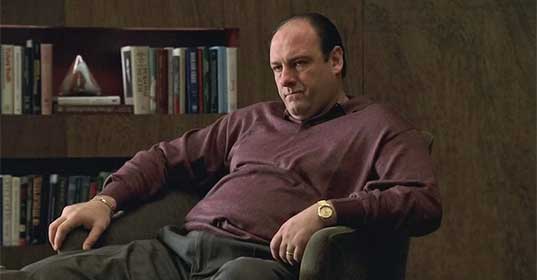

Susan Bordo Elected to American Academy of Arts and Sciences
University of Kentucky News
May 4, 2022
Susan Bordo, professor emerita in the Department of Gender and Women’s Studies and Otis A. Singletary Chair in the Humanities in the College of Arts and Sciences at the University of Kentucky, has been elected as a member of the American Academy of Arts and Sciences — one of the nation’s oldest and most prestigious honorary societies.
Founded in 1780, the Academy honors excellence and convenes leaders to examine new ideas, address issues of importance to the nation and the world, as well as advance the public good.
“It’s wonderful to have this kind of recognition, and alongside such distinguished company. I think of it as more than just a personal honor, but also an acknowledgment of the value of public, interdisciplinary scholarship. Crossing intellectual borders is what my work has always been about,” Bordo said. “I’ve never been limited by traditional divisions, and one of my central missions as an author has been to ‘translate’ academic research into writing that is accessible to a more general readership. When I was teaching, I encouraged my students to think, write and teach that way too. It’s been a joy to see them succeeding so brilliantly. And now this — I’m truly thrilled.”




